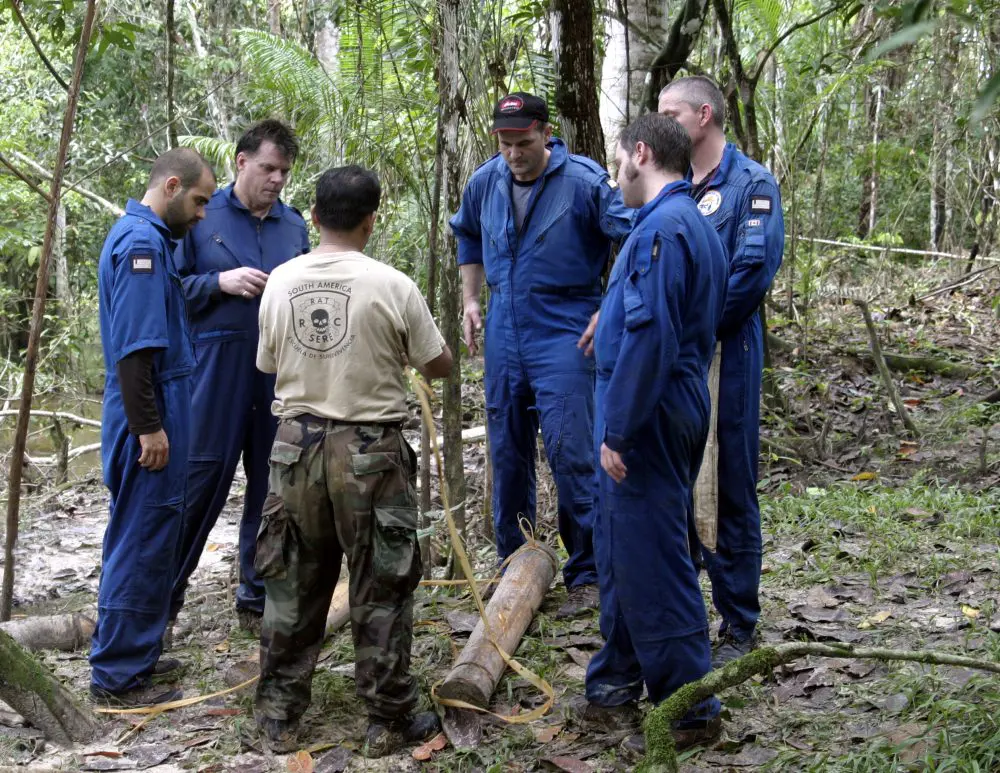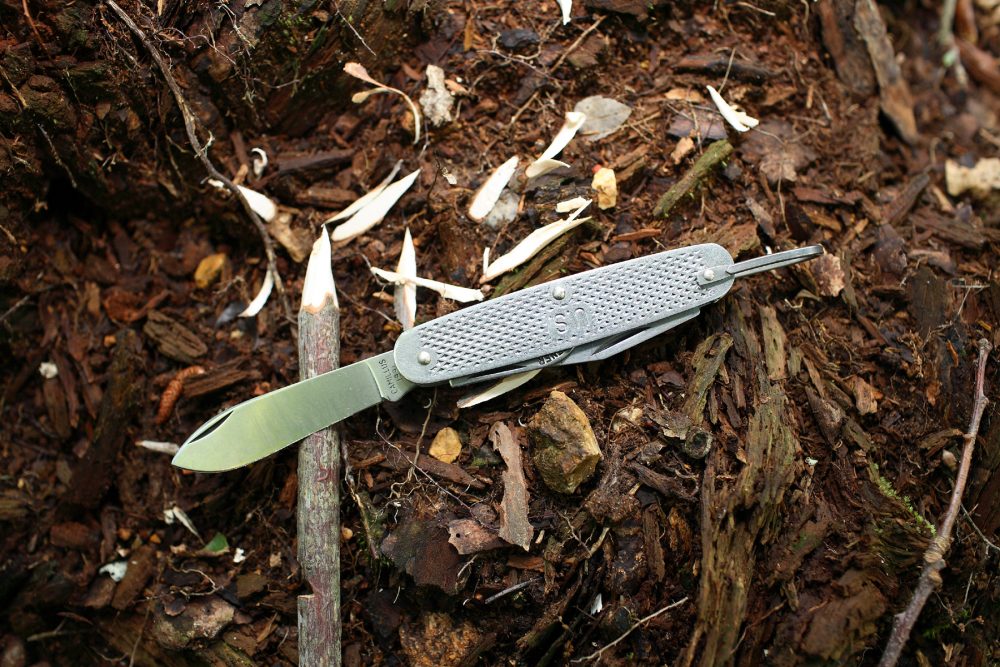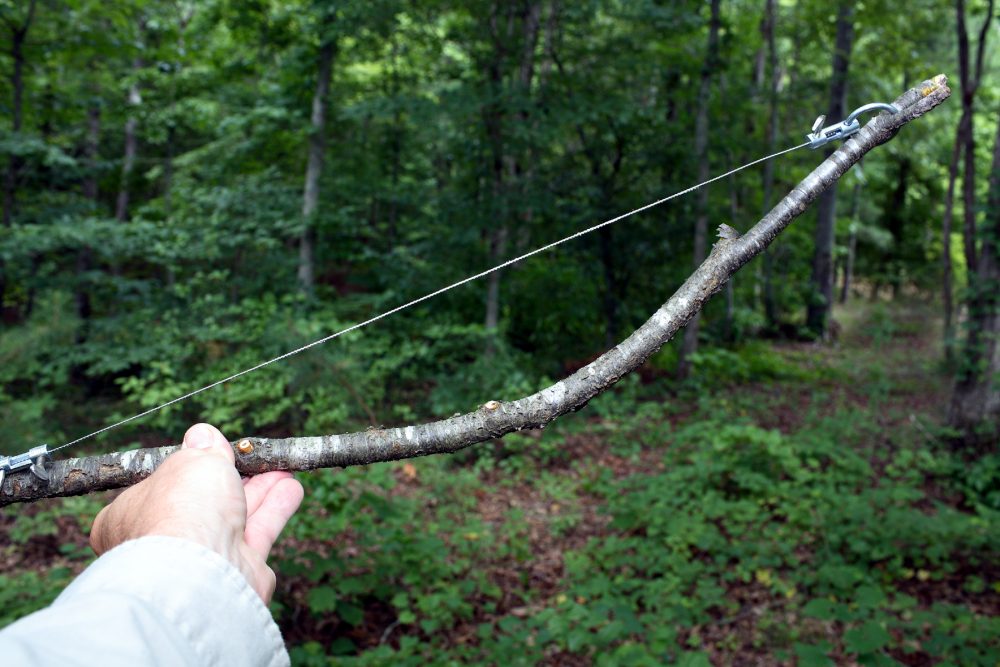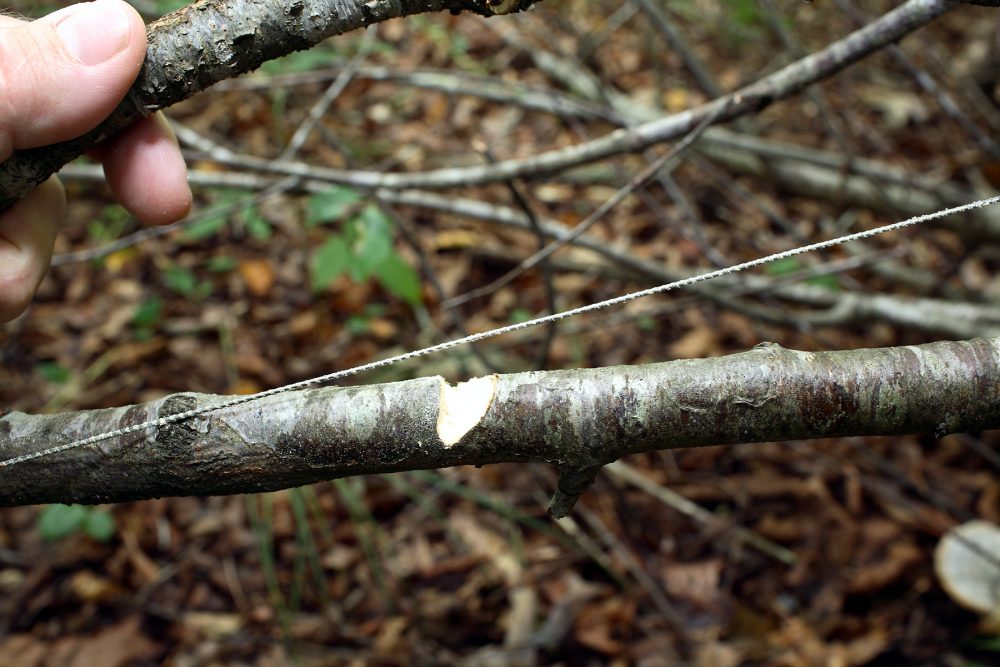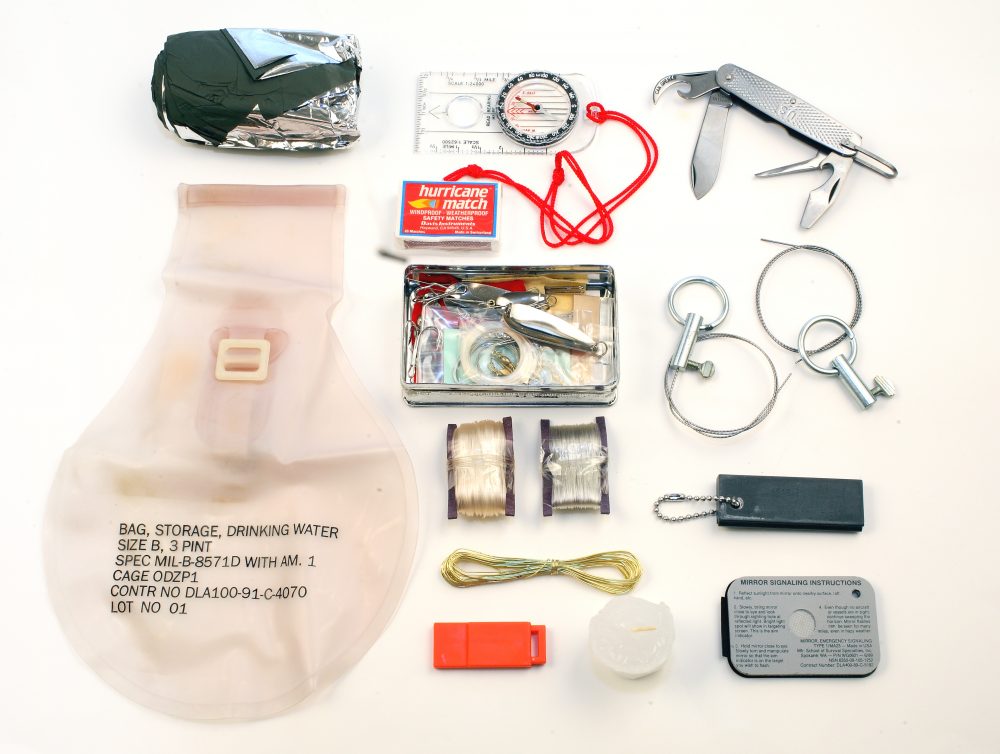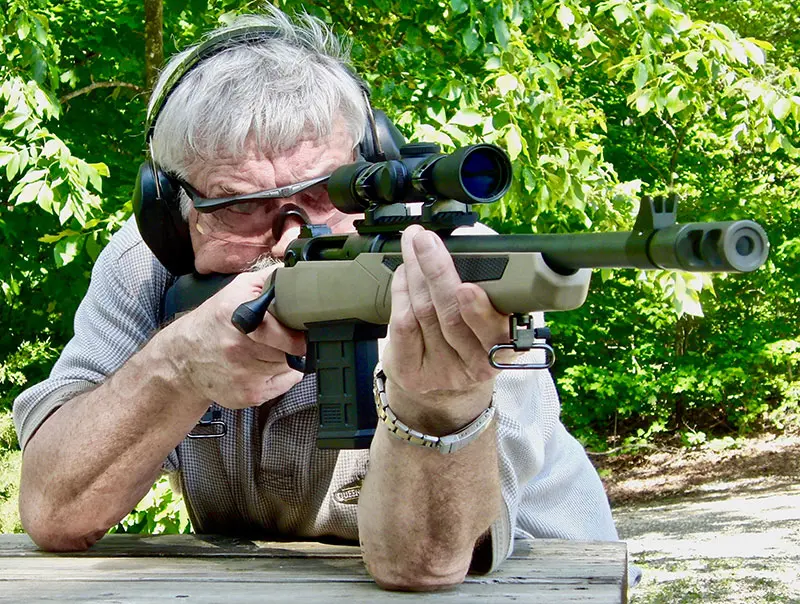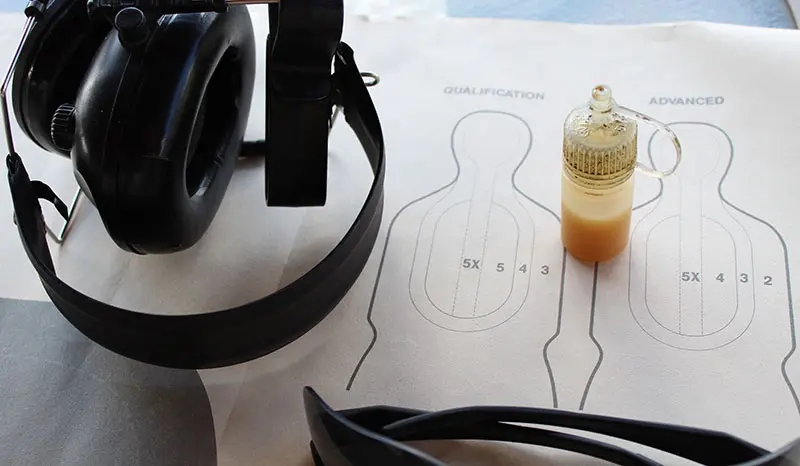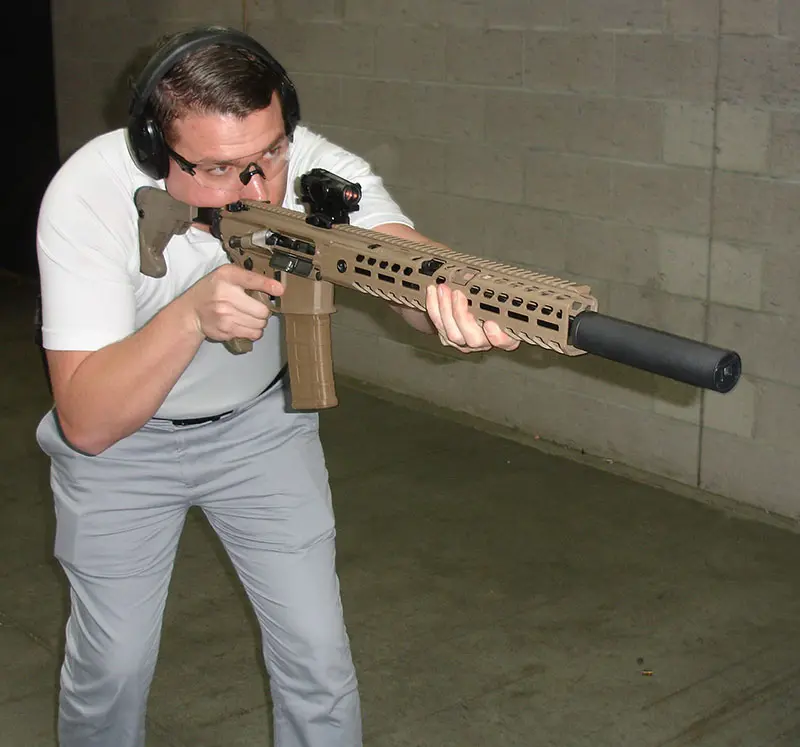Author’s survival school teaches aerial survey team in South America how to survive with minimal tools in the jungle.
During a tactical training class I attended several years ago, the question of survival/E&E (escape & evasion) kits came up. After a quick round-table discussion, it became clear that the students’ definition of survival gear was extra food.
I was astounded that these well-trained cops and military contractors, who had spent thousands of dollars on cool stuff to plaster on their M4, thought of only one thing if forced into survival or evasion mode: eating. Basically, they didn’t have a clue what survival without returning fire was all about.
Here’s a quick test for you:
You’re doing search and rescue (SAR) for a small child lost in a remote wilderness. You have your GPS, emergency two-way radio, cell phone, and daypack with snacks, water and first-aid kit. You unexpectedly take a tumble into the fast-moving creek below. Radio gets trashed on a rock, GPS is gone, and you don’t have a clue where your pack floated off to. You struggle out of the cold water and retrieve your cell phone from your pocket. No signal. To add pressure to pain, you’ve sprained an ankle and you really don’t know which way it is to safety. What do you do?
Sound like a far-fetched movie plot? Far from it. If your line of work has anything to do with Emergency Services, you could indeed find yourself in such a predicament.
Camillus Demo knife has been around for years and is one of the better survival kit knives.
And to those who are already shouting, “I only go out with a partner!” “I never get lost!” “I always carry backup gear!” “Our SAR operations plan covers any contingency!” Well, if you actually believe that, you’re an accident waiting to happen. All too often, people get caught up in the moment and drift from their practiced procedures. I’ve seen people get lost ten feet from a trail without the first idea how to get back to known ground.
And it’s not just students. Any survival instructor worth his salt has done stupid things and made many mistakes while perfecting his craft.
USMC kit wire saw can be quickly made into a bow saw. This is preferred method for using any wire saw in a survival or E&E scenario.
So, what’s the answer to being a survivor?
First of all, take a survival training course, even if you have to do it on your own dime. It will make you better at your job, as well as more confident if you have to “go bush” while chasing a suspect or searching for a lost person.
While I realize that getting training may be difficult for a lot of people, at the very least carry a decent survival kit on you every day you’re on the job. Instead of just wearing gear pants like BDUs and 511s because they make you look like a bad-ass with a badge, use them to your advantage and stuff some life-saving gear in there.
If you don’t wear BDUs or other gear pants, I still guarantee I can find room to put some quality survival gear on you. Whatever you do, make sure that the survival gear is connected to you, not carried on your back or kept in a pouch in the cruiser. You never know when your situation is going to change, so be prepared!
Extremely precise cuts can be made into wood using a wire saw. Wire saws are also good for fashioning tools from scraps of metal and plastic trash that may be found in a survival situation.
In addition, keep this gear in a securely zipped or velcroed pocket or other compartment on your clothing. In rugged terrain, gear that’s merely tucked into an open pocket can pop out, tumble out of reach and may not even be missed until you need it. And then it’s too late.
How do you find a good kit? That’s the easy part. A quick Google search will turn up plenty of options.
One of my favorite off-the-shelf kits is the issue USMC survival kit that was used by Marine pilots and ground troops during the 1990s. Having tested numerous survival kits, I know that this bundle of tools covers most of the immediate survival basics. What makes this kit better than other kits with similar contents? Simplicity, quality and giving the user properly prioritized tools that work. Here are the highlights:
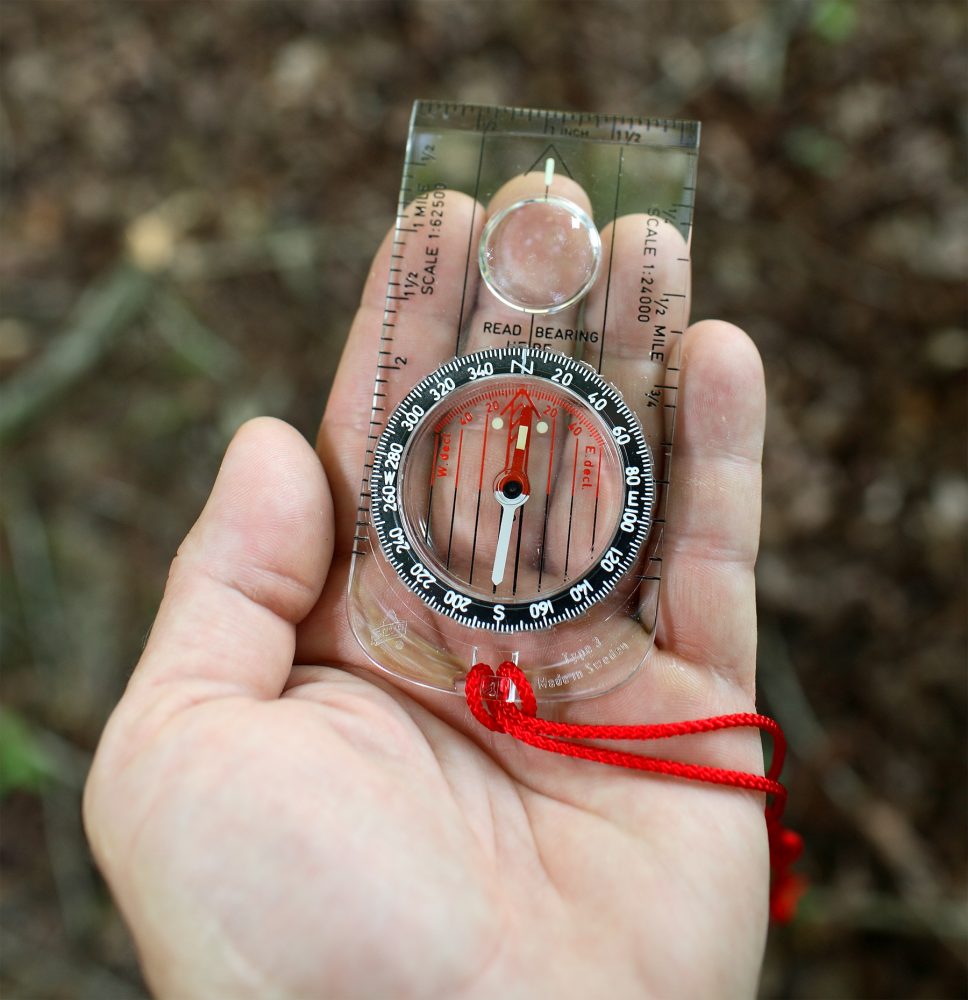
- Water bag. This is one of the best I have seen. Tough, durable, will hold three pints and easily secures to become spill-proof. (NSN 8466-00-634-4499)
- Compass. This one is a real navigation tool, as opposed to the small button compass normally found in survival kits. (NSN 6605-00-553-8795)
- Survival blanket that can be used as shelter against wet weather and sun, or simply used to wrap up in. (NSN 7210-00-935-6666)
- Signal mirror with aiming screen and instructions. (NSN 6350-00-105-1252)
- Fishing kit in a sealed metal container. (NSN 4220-00-244-0764)
- Camillus Demo knife that includes a main blade, can opener, bottle opener, screwdriver and awl. (NSN 5110-00-162-220)
- Best Made Products wire saw with extra blade. (NSN 5110-00-570-6896) Before readers start sending letters telling me how useless wire saws are for survival, it should be noted that they are not made to cut logs in two. A good wire saw, such as the Best Made Products saw in the USMC kit, can be used to cut very square and detailed notches for trap triggers, or fashion other tools from pieces of plastic, metal and wood. Wire saws are excellent compact survival/E&E tools when used properly.
- Magnesium fire starter. (NSN 4240-01-160-5618)
The remaining tools include snare wire, Hurricane waterproof matches, candle, signal whistle and plastic storage bags. About the only things I would suggest adding to this kit to make it a complete wilderness survival kit are a length of paracord and a small first-aid kit. You could also take away some of the components and still have a viable kit for short-term survival. I would rather see someone in the wilds with a compass, knife and fire starter than nothing at all.
USMC Survival Kit with all its components. Author rates this as one of the best kits that can be bought for the money spent.
The complete USMC kit will fit in a standard 7” x 5” x 2” MOLLE pouch, or you can break it into several pieces and carry it in BDU leg pockets without noticing it’s there. Most of these kits were manufactured in the 1990s, so they’re getting some age on them, but the contents are still in great shape and usable. The price is $59.95, a steal for a kit of this quality.
Buy one, pack it in your duty pants and never start your shift without it. And even if you don’t buy this particular kit, acquire similar tools and you will be prepared for just about anything that could happen in the wilds.
SOURCE:
Cheaper Than Dirt
Dept. S.W.A.T.
P.O. Box 162087
Fort Worth, TX 76161
(800) 559-0943
www.cheaperthandirt.com
